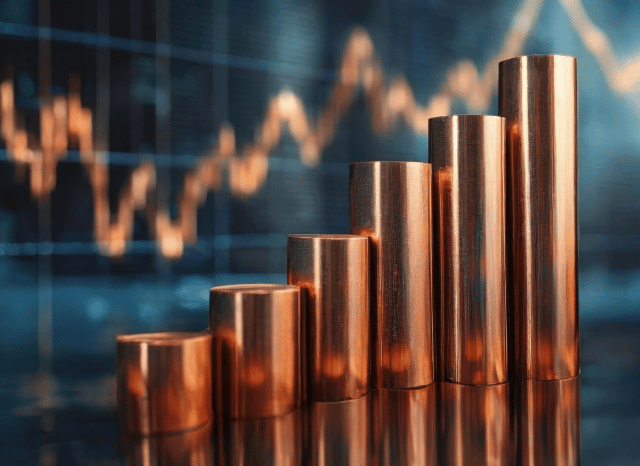
The strategic metals powering the Strength changeover are now centre phase in geopolitics and field.
The moment confined to area of interest scientific and industrial circles, uncommon earth components (REEs) have surged into global headlines—and permanently cause. These seventeen factors, from neodymium to dysprosium, are the setting up blocks of contemporary technological innovation, actively playing a central purpose in almost everything from wind turbines to electric powered automobile motors, smartphones to defence units.
As the entire world races to decarbonisation and digitalisation, demand for REEs is soaring. Their part during the Power transition is vital. Superior-overall performance magnets manufactured with neodymium and praseodymium are important to the electric motors used in the two EVs and wind turbines. Other REEs like europium and terbium are valuable for lighting, displays, and optical fibre networks.
But supply is precariously concentrated. China presently prospects the sourcing, separation, and refining of unusual earths, controlling more than eighty% of world output. This has left other nations scrambling to build resilient source chains, lower dependency, and safe access to these strategic means. Due to this fact, unusual earths are no longer just industrial supplies—They are geopolitical assets.
Traders have taken Be aware. Desire in unusual earth-associated shares and Trade-traded money (ETFs) has surged, pushed by the two The expansion in thoroughly clean tech and the will to hedge towards offer shocks. However the marketplace is complicated. Some corporations are still while in the exploration section, Other individuals are scaling up output, whilst some are currently refining click here and offering processed metals.
It’s also crucial to grasp the distinction between scarce earth minerals and rare earth metals. "Minerals" consult with the raw rocks—like bastnasite, monazite, xenotime, or ionic clays—that incorporate exceptional earths in purely natural form. These need intensive processing to isolate the metallic components. The term “metals,” Alternatively, refers to the purified chemical components used in high-tech purposes.
Processing these minerals into usable metals is costly. Beyond China, number of international locations have mastered the total industrial procedure at scale, although places like Australia, the U.S., Vietnam, and Brazil are working to vary that.
Need is becoming fuelled by several sectors:
· Electrical mobility: magnets in motors
· Renewable Vitality: particularly wind turbines
· Purchaser electronics: smartphones, laptops, sensors
· Defence: radar, sonar, precision-guided programs
· Automation and robotics: more and more vital in sector
Neodymium stands out as a very useful rare earth resulting from its use in effective magnets. Many others, like dysprosium and terbium, boost thermal steadiness in higher-effectiveness applications.
The uncommon earth current market is risky. Prices can swing with trade policy, technological breakthroughs, or new supply sources. For investors, ETFs provide diversification, even though direct stock investments come with larger chance but most likely bigger returns.
What’s clear is the fact that uncommon earths are not obscure chemical curiosities—they’re strategic methods reshaping the global financial system.